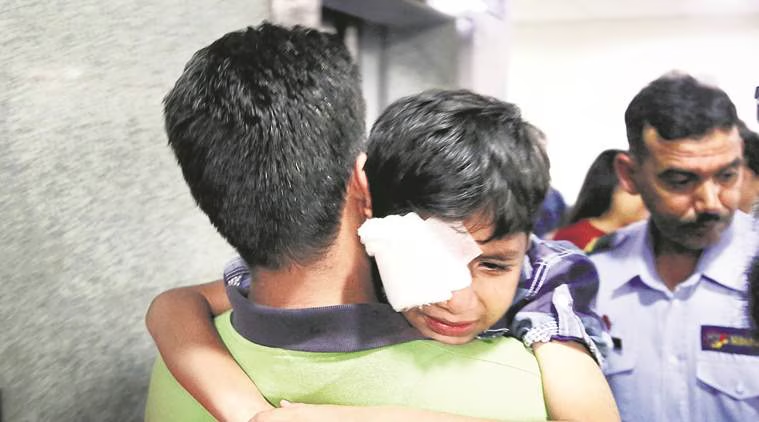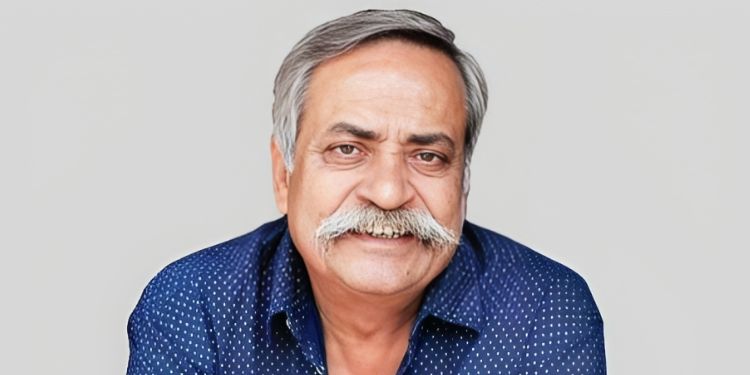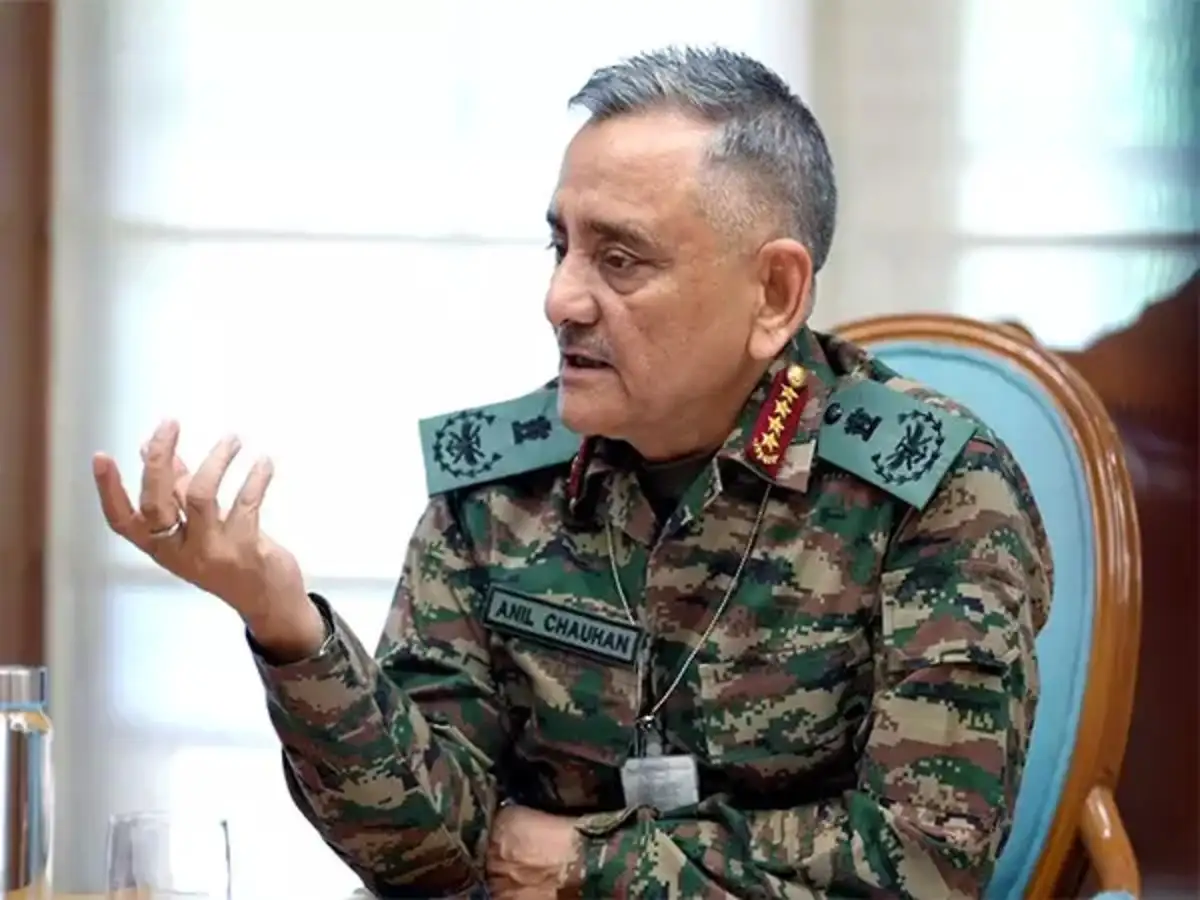Now Reading: Creators in Nagpur Launch Digital Movement Against Plastic Use
-
01
Creators in Nagpur Launch Digital Movement Against Plastic Use
Creators in Nagpur Launch Digital Movement Against Plastic Use

In the age of short attention spans and endless scrolling, meme pages in local Indian languages are emerging as unexpected powerhouses of digital engagement. From Bhojpuri and Marathi to Tamil and Haryanvi, regional meme creators are capturing audiences with content that feels personal, humorous, and instantly relatable. This rise is not limited to metros; Tier 2 and Tier 3 cities are driving the trend, showing how digital expression is becoming increasingly local and impactful.
The Shift to Local: Why Language Matters
As internet access expands, especially in small towns and rural belts, users prefer content in their native tongues. English and Hindi meme pages once dominated, but regional languages are now outperforming them in terms of shares, likes, and comments.
Local language memes are rooted in familiar experiences—local festivals, street food, dialect quirks, and even family drama. This hyper-local relevance resonates deeply with audiences who were earlier passive consumers of more urban, mainstream content.
Simplicity, Humor, and Relatability
Meme creators simplify complex ideas or current affairs using humor, sarcasm, and pop culture references. Whether it’s a trending political issue or a viral dance reel, memes become a lens through which everyday users understand and react to the world.
In Tier 2 cities like Patna, Indore, and Nagpur, meme pages using Bhojpuri or Marathi punchlines often go viral because they sound like something you’d hear at home or in a local tea stall conversation. That kind of familiarity builds trust and stickiness.
The Algorithm Favors Engagement
Social media platforms, especially Instagram and Facebook, reward content that gets engagement quickly. Local language memes, being instantly understood and emotionally relevant, generate higher interaction rates.
Even pages with modest follower counts have seen reels or static memes touch lakhs of views. For instance, a meme page from Uttar Pradesh using Awadhi humor saw its follower base double in just three months—driven purely by consistent engagement and shares.
Creators as Community Voices
Beyond entertainment, many meme creators are becoming informal commentators on local culture, politics, and issues. Their satirical posts reflect public sentiment, making them micro-influencers in their own right.
Some meme pages have even collaborated with local businesses and election campaigns, using their organic reach to promote causes, events, or products. The trust built over time allows them to communicate in a way that doesn’t feel like traditional advertising.
Challenges and Responsibilities
With rising influence comes responsibility. Misinformation, communal biases, or offensive content can spread quickly if not checked. Some platforms and creators are now taking content moderation more seriously, ensuring humor doesn’t cross into harm.
There’s also the risk of burnout, as meme creation demands both creativity and consistency. Monetization remains limited, with few structured revenue models for small-town creators.
Conclusion:
Local language meme pages have become more than just sources of laughs—they are now dynamic spaces for community bonding, cultural pride, and digital storytelling. As internet users from Tier 2 and Tier 3 cities continue to grow, the content ecosystem is also evolving to reflect their voices, humor, and realities. The future of digital engagement in India may not speak in English—it might just crack a joke in Chhattisgarhi, Kannada, or Maithili.

























